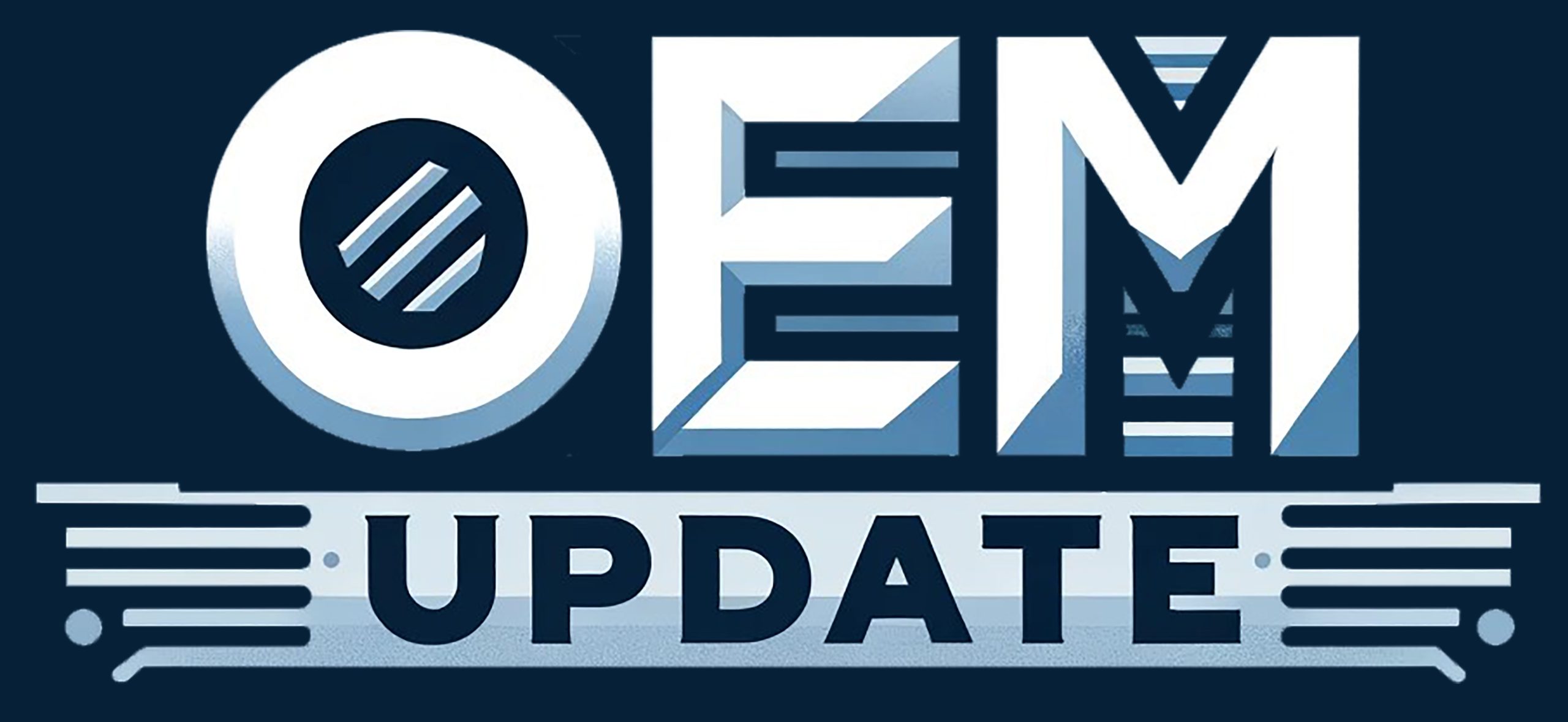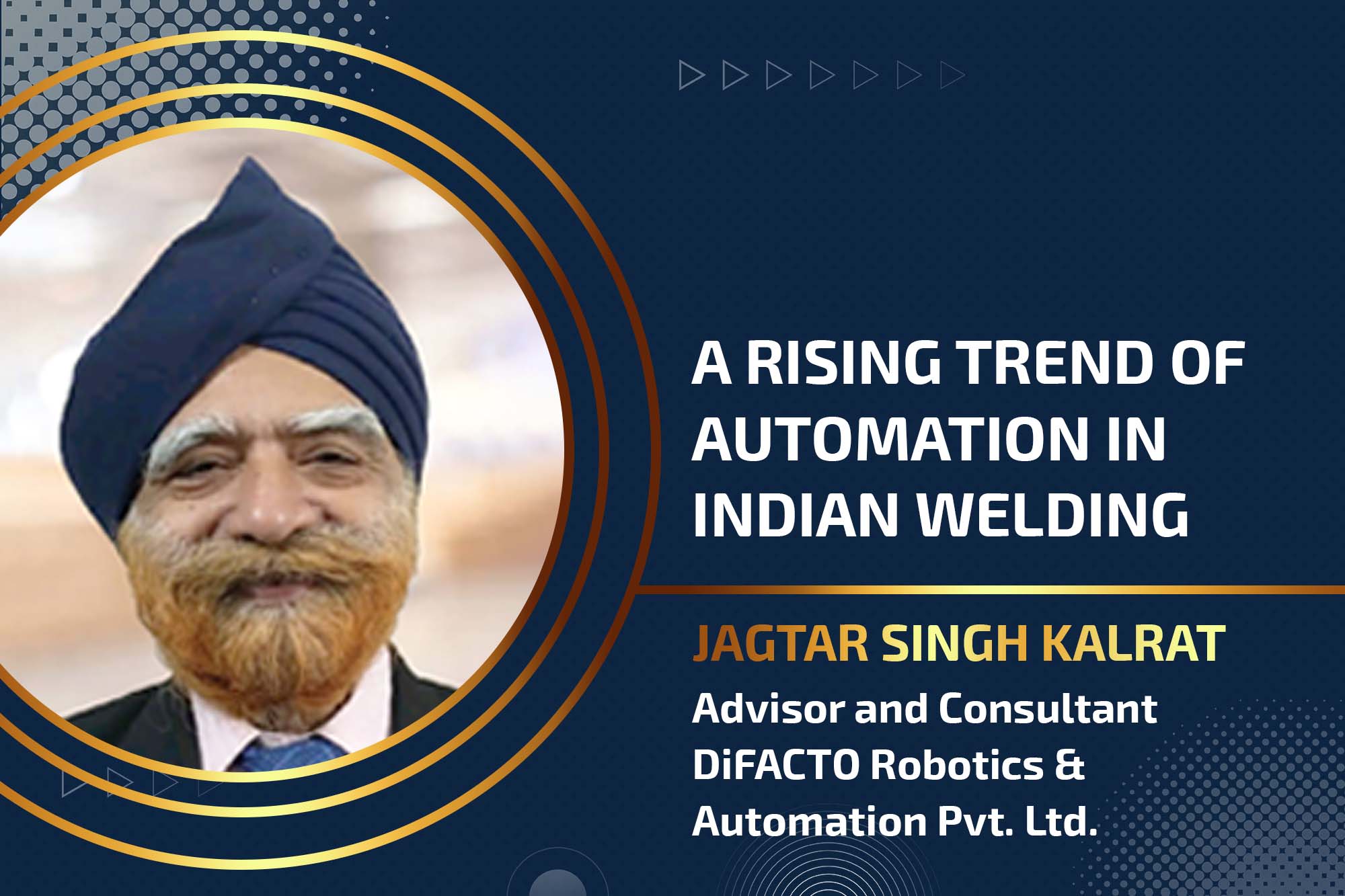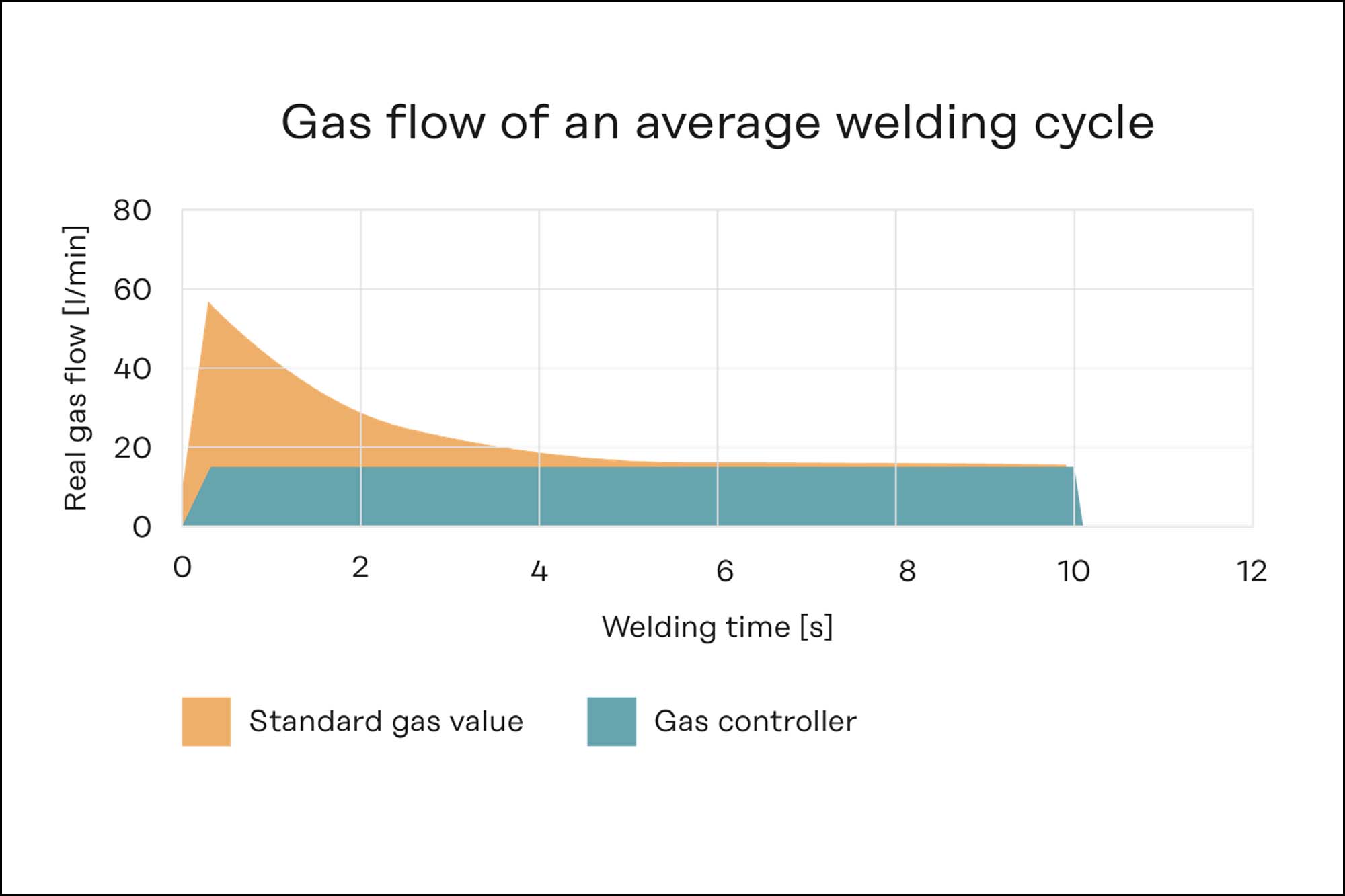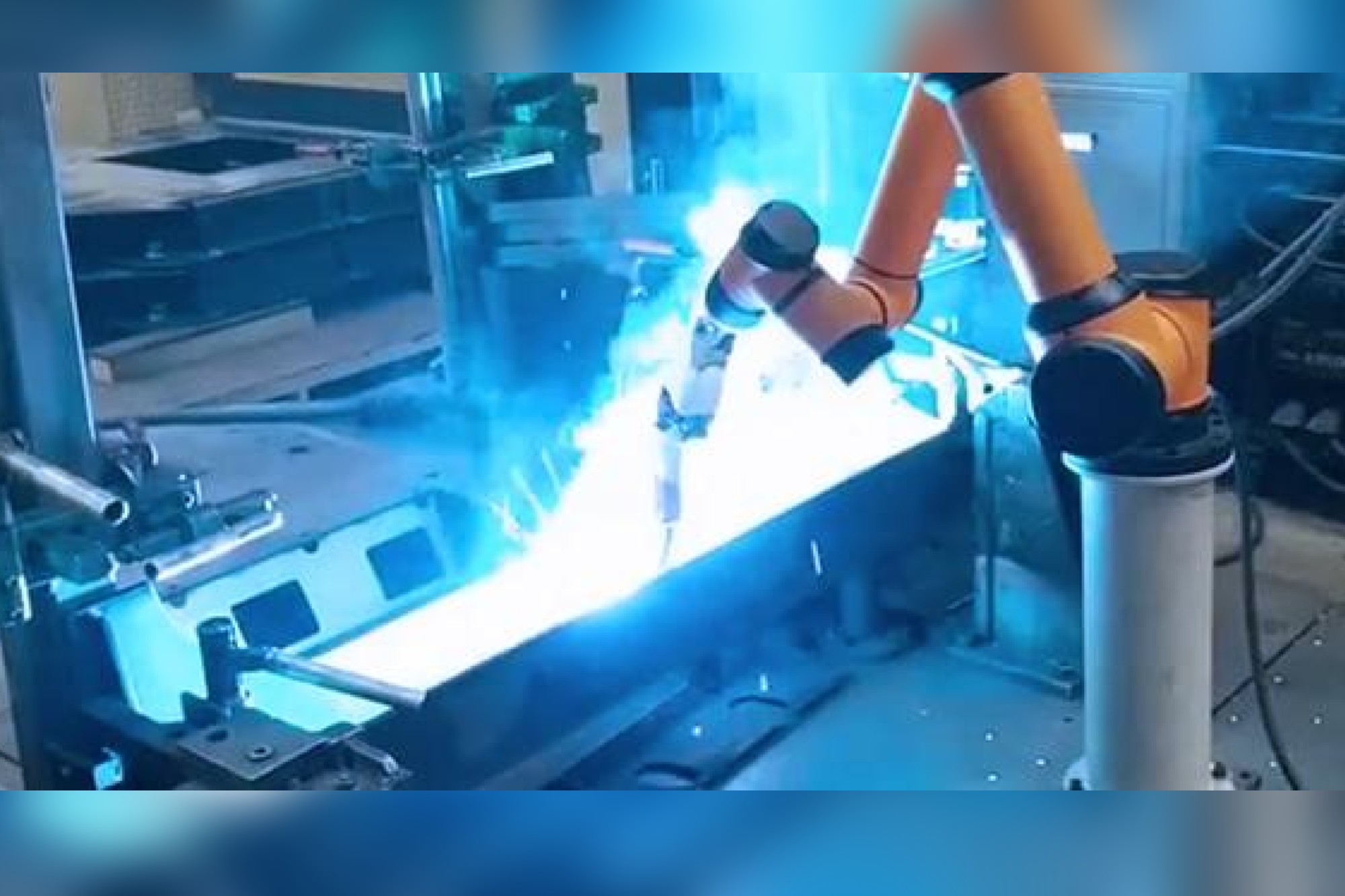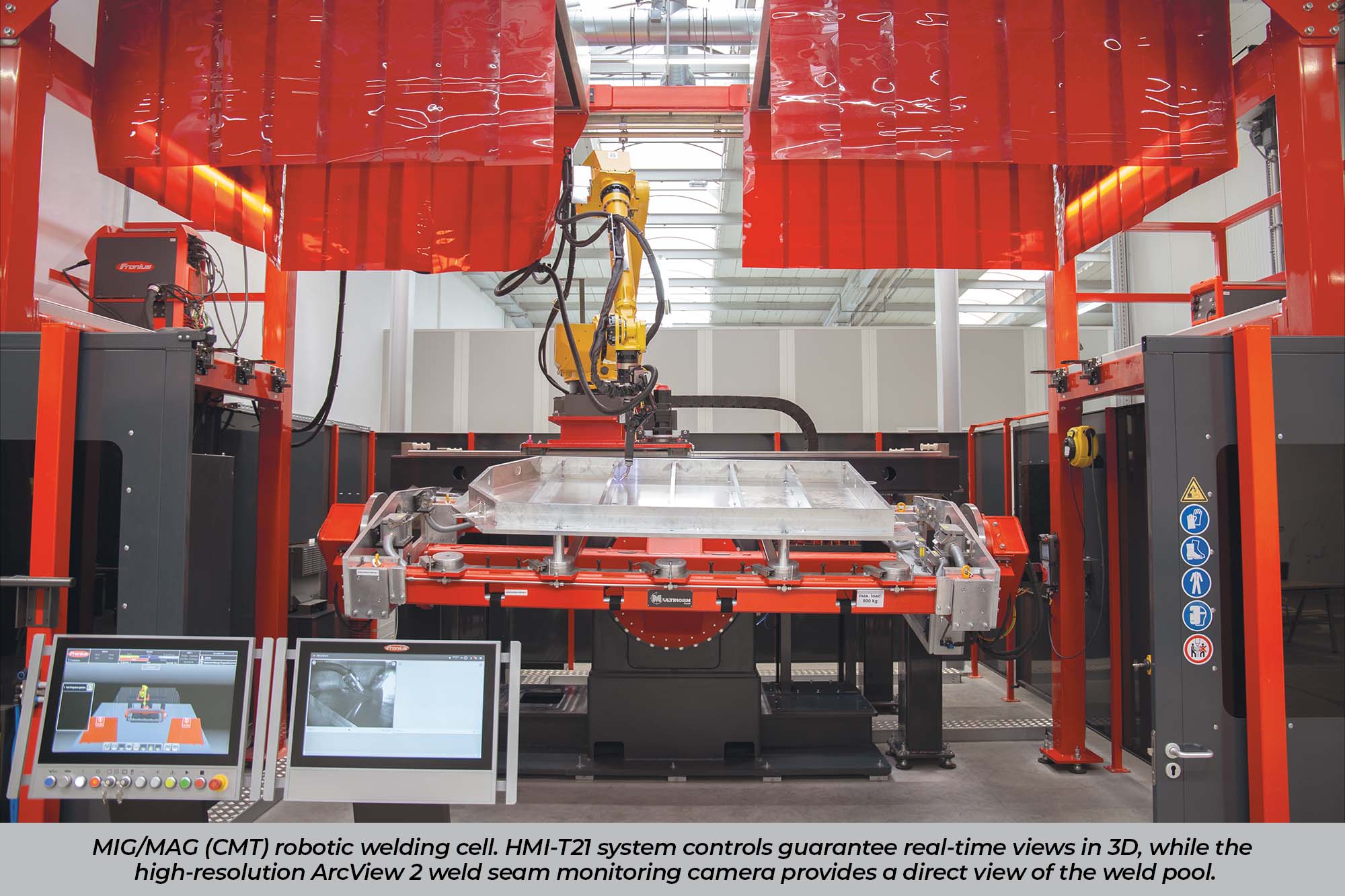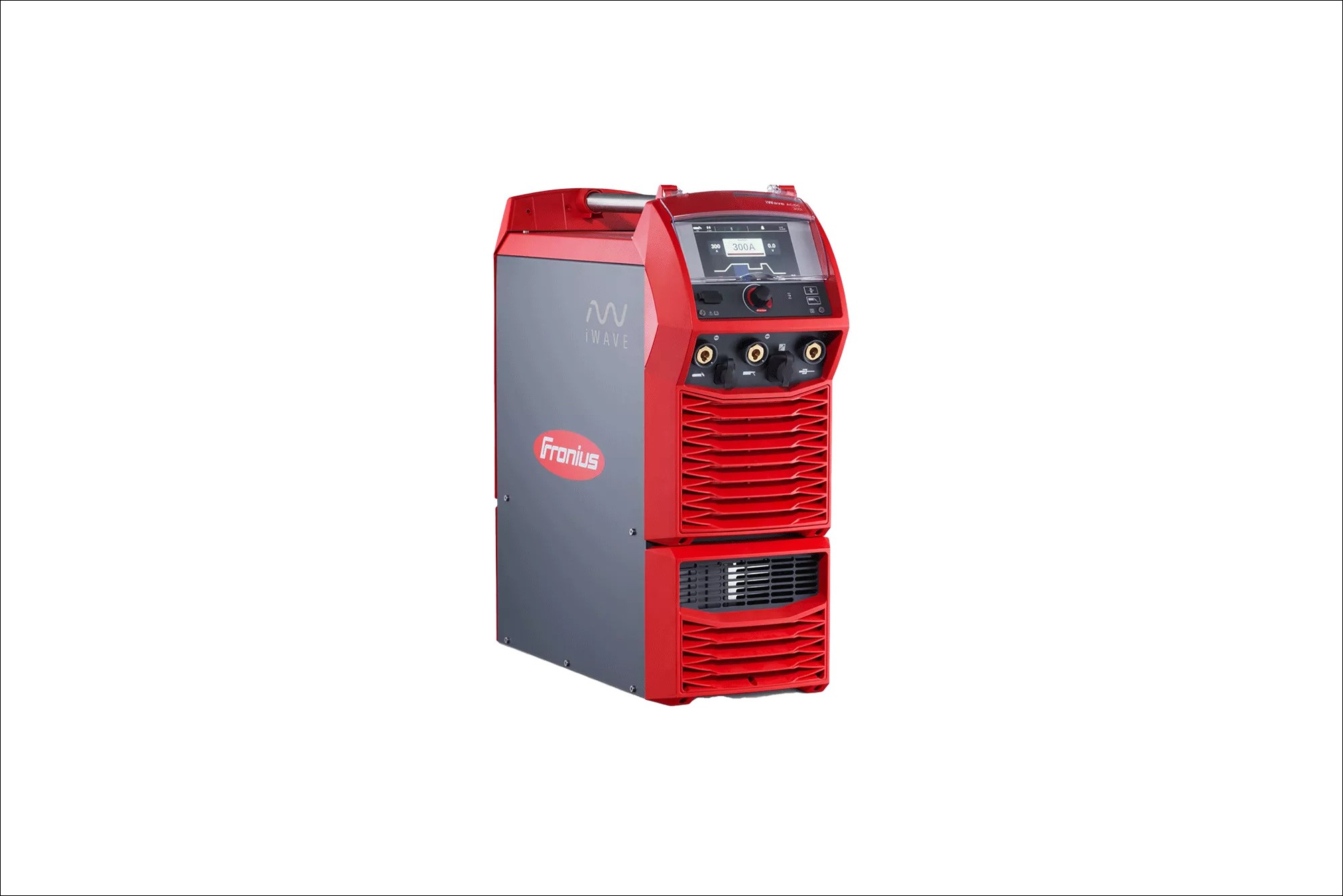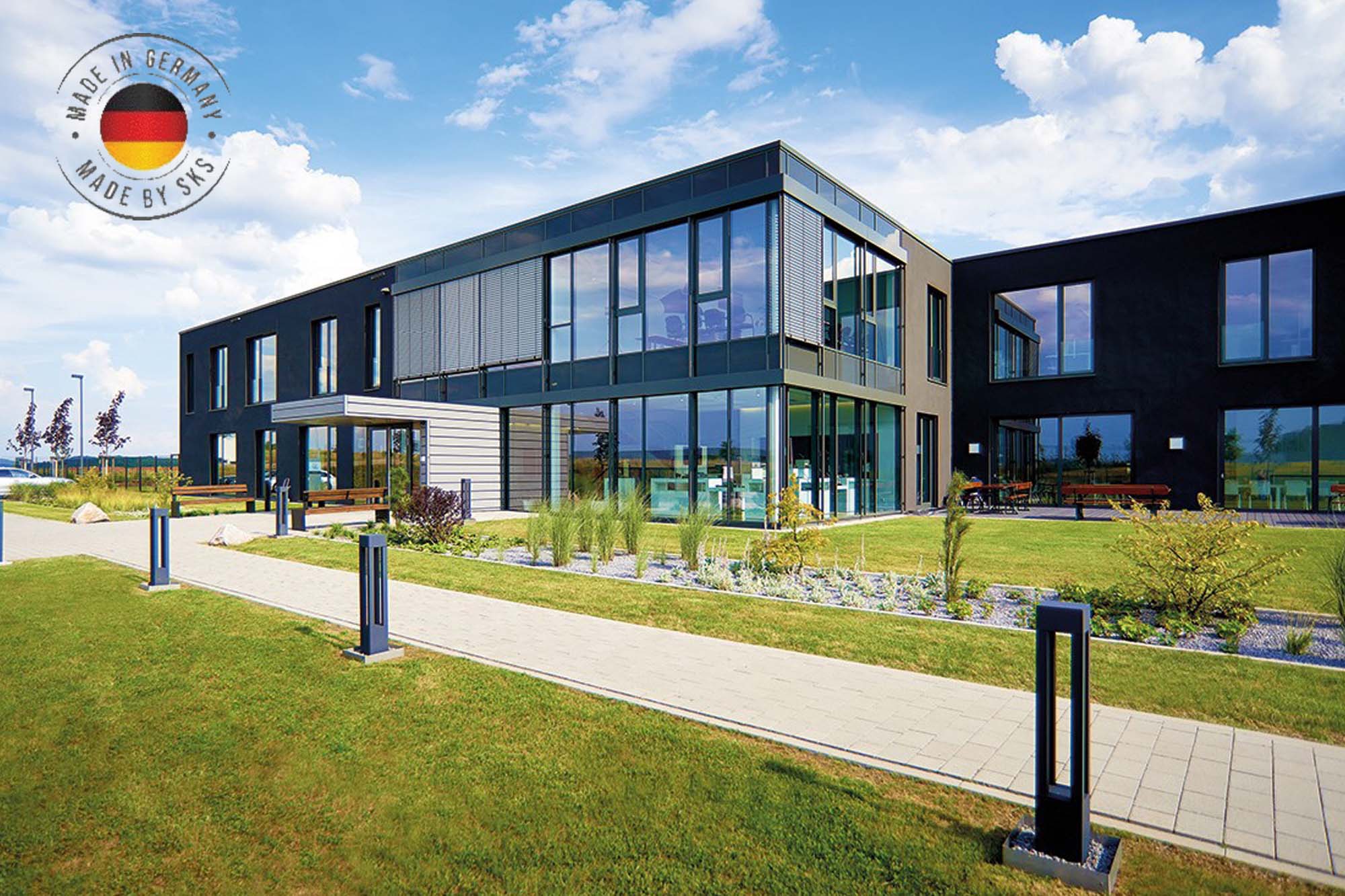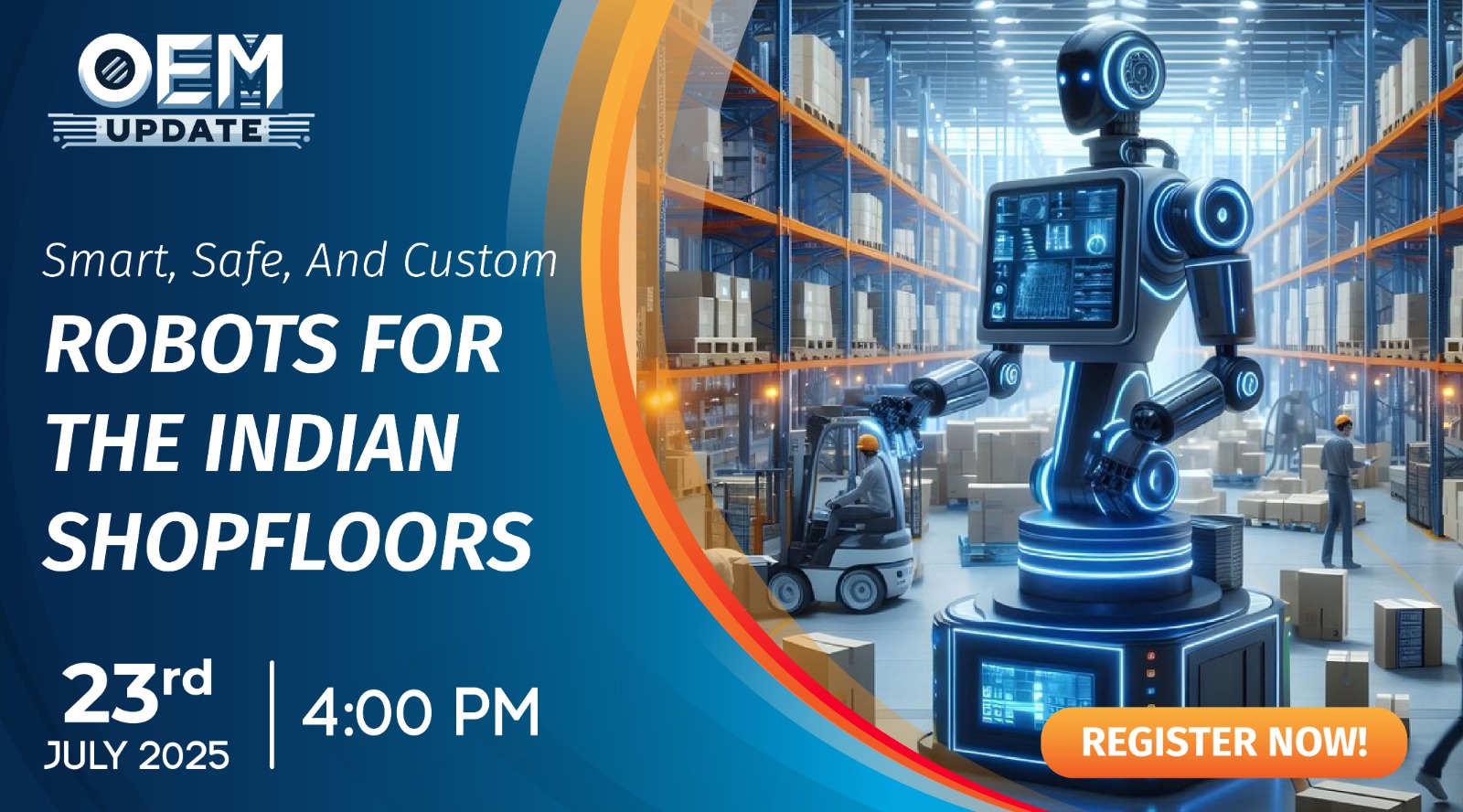A rising trend of automation in Indian welding
By OEM Update Editorial June 15, 2024 4:46 pm IST
Jagtar Singh Kalra, DiFACTO Robotics & Automation, explores how welding automation with high-tech methods influences Indian industries, from automotive to heavy machinery, driving efficiency, quality, and environmental sustainability while reducing labour dependency.
Welding Engineering is a branch of Mechanical engineering that deals with Materials Science, Metallurgical, and production aspects. While many think welding is a process, it is a complex engineering branch.
Welding and industry efficiency
Welding is the core of modern technology. It has evolved completely today, following the utmost precedence that machines have garnered in our lives. The industry is experiencing rapid development. New methods are researched and implemented daily. Welding is an ever-growing discipline that presents work opportunities for new generations of engineers.
Welding is a precise, reliable, cost-effective, and high-tech method for joining materials in manufacturing industries to add value to their products. There are about 40 welding processes. They are categorised into ‘Fusion welding’ and’ Solid-state welding’. Each category has a sub-division, and sub-divisions have further divisions.
Each welding process is complex in principle and has potential for improvement. Many people think the welding process is simple in terms of a process. It is a complex engineering discipline. Each branch of welding is a complete discipline in itself. One welding engineer can not be a master in all the branches. It is estimated welding impacts more than 50 percent of the products manufactured in any country.
Welding technology trends and challenges
Almost every segment of our economy depends upon some degree of welding, and materials joining spans from manufacturing small components to spacecraft. Welding is vital in fabricating pipelines, pressure vessels, aircraft, and turbine engines. Further, welding is essential in automobile production, off-road equipment, and microelectronic devices. Welding machines and robots are widely utilised tools in these processes.
However, following the establishment of the new government, there has been a surge in demand for automatic and semi-automatic welding production systems, unlike before 2000. This is due to increased customer expectations regarding product quality and India’s position as a manufacturing hub.At the same time, rising labour expenses and the non-availability of skilled workers have led to the popularisation of automation for challenging welding tasks. This trend is particularly prevalent in offshore, fabrication, pipe, steel, and other major industries. These sectors prioritise timely delivery, high quality, and overall safety, as they play a crucial role in upholding the infrastructure of modern civilisation. Additionally, automated welding processes have minimal impact on the environment. This trend will be popular in the coming years.
Latest trends
Welding automation is the foundation of various industries, including automotive, shipbuilding, offshore, fabrication, piping, steel, and other major sectors. Its emphasis is on timely delivery and high quality. And above all, safety plays a vital role in maintaining the essential infrastructure of modern civilisation.
As technology advances, the latest innovations are adopted into welding automation, especially in MIG, TIG, spot, and laser welding processes. Presently, the initial cost is very high, but the quality is very high, and the effect on the environment is minimised. I hope it will be popular in the coming years.
India has contributed to the rise in projects in the automotive industry, offshore activities, oil and gas sector, shipbuilding and heavy machinery industries. Many foreign automobile companies have set up their manufacturing units in India. It has positively popularised the welding automation system.
Presently, the automotive industry utilises welding automation through robots and other methods. However, even smaller fabrication welding units are adopting robotic systems. Automation has increased entrepreneurs’ confidence in quality and delivery and made them less dependent on labour.
Cookie Consent
We use cookies to personalize your experience. By continuing to visit this website you agree to our Terms & Conditions, Privacy Policy and Cookie Policy.
